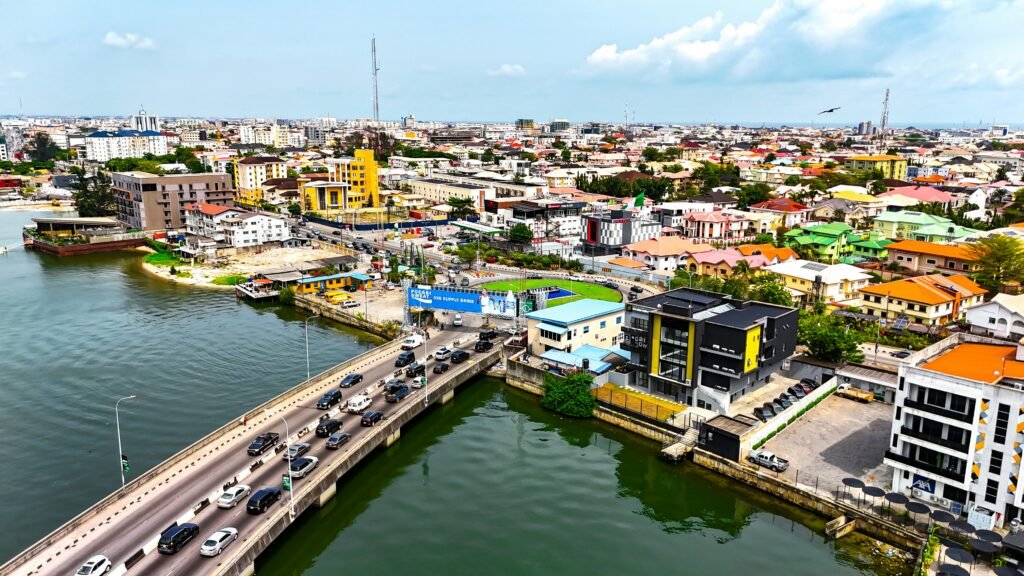
The African Development Fund (ADF), a critical financing arm of the African Development Bank Group, is preparing to enter capital markets with a landmark $5 billion bond issuance plan, beginning in 2027. The initiative, which aims to issue bonds every three years, marks a significant strategic shift as the ADF seeks to diversify its funding sources and reduce reliance on traditional donor contributions.
Since its establishment in 1972, the ADF has disbursed over $45 billion in concessional loans and grants to 37 of Africa’s most vulnerable and low-income nations. These resources have supported essential infrastructure development, agricultural productivity, education, healthcare, and social services across the continent. However, in recent years, global economic uncertainty and donor fatigue have put pressure on the traditional grant-based model.
To maintain its impact and expand its reach, the ADF now intends to leverage its solid governance structure and operational track record to access capital markets. This shift will require the Fund to amend its charter and pursue a formal credit rating from global agencies—a process already under way.
According to Valerie Dabady, head of Resource Mobilization and Partnerships at the African Development Bank, accessing global capital markets will enable the Fund to tap into sustainable, long-term financing that aligns with the scale and urgency of Africa’s development needs.
“We’re preparing to issue up to $5 billion in bonds every three years starting in 2027. The idea is to be more self-reliant and to unlock new streams of funding for our member countries,” Dabady said during an interview.
This move mirrors a broader trend among multilateral development institutions to adopt hybrid financing models—combining traditional aid with market-based instruments to catalyze growth, especially in fragile and underserved regions.
Once operational, the ADF bond program is expected to fuel targeted investments in:
- Clean energy and climate resilience
- Digital infrastructure
- Healthcare systems
- Education and vocational training
- Agricultural innovation
This strategy could not only strengthen Africa’s resilience to external shocks but also enhance the continent’s ability to meet the Sustainable Development Goals (SDGs).
Source:
Based on reporting from Reuters (July 2025)





